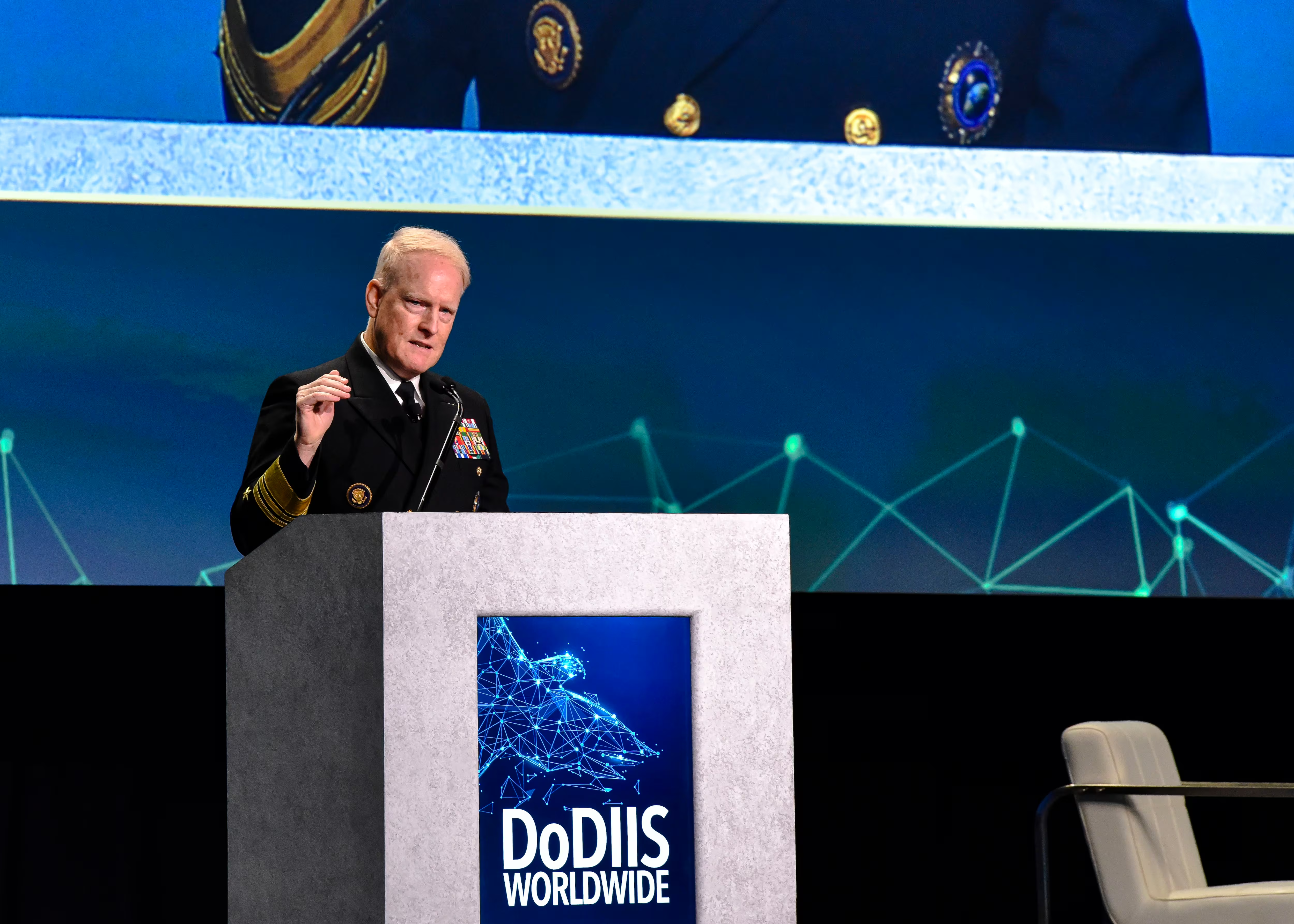Despite rapid advancements in technology within the last few years, the transition from maturing technology to employment in operations can be lengthy.
The Navy recently wrapped up its annual Advanced Naval Technology Exercise, or ANTX, in August. These exercises seek to provide low-risk environments to demonstrate technology capabilities under the purview of naval military concepts.
This year’s ANTX’s theme — “Battlespace Preparation in a Contested Environment” — “allows all participants to explore how different technologies can complement each other to provide the war fighter with the most comprehensive operational picture in real time,” Don McCormack, executive director for Naval Surface and Undersea Warfare Centers, wrote in the playbill.
“Building on the success of last year’s ANTX, this summer the Naval Undersea Warfare Center (NUWC) Newport Division has joined forces with the Naval Surface Warfare Center (NSWC) Panama City Division for a multisite event with fleet operators participating from Submarine Development Group Five in Keyport, Washington, and the Explosive Ordnance Disposal Unit One in Panama City,” McCormack continued.
Last year’s ANTX focused on cross-domain communications and command and control.
In terms of next steps, some technologies might be ripe for acquisition opportunities while others might need additional testing.
“Data collected will be aggregated and evaluated, and collaboration needs to be fostered through the next ANTX and beyond,” Jessica Shaffer — an ocean engineer for NUWC Newport Division‘s Ranges, Engineering and Analysis Department and lead technical planner for ANTX — told C4ISRNET in written responses, noting what comes after is just as crucial as the event itself. “First, we’re collecting everyone’s data from ANTX in a technical report. Next, we’ll follow up with our participants to facilitate any continued collaboration.
“We need to facilitate that hand-off to the next logical step, which will be different for every project,” Shaffer continued. “It may mean acquisition opportunities or it may mean scaling up and additional testing. These technologies need to continue to evolve and it’s our responsibility to keep that momentum going.”
During these exercises, participants from industry demonstrate their technologies and platforms for government onlookers.
“ANTX is an important venue for scientists and engineers to collaborate on naval technology. In a very short time, it’s become a crucial step in the development of naval technology, and its impact is far-reaching,” Brian Mckeon, head of the Undersea Warfare Weapons, Vehicles and Defensive Systems Department at NUWC Division Newport, told C4ISRNET in a written response.
“For the Navy, ANTX provides an opportunity to get these new technologies developed, tested and into the fleet much faster. For industry, it opens up direct lines of communication to the fleet; it gives these companies ― whether they’re large or they’re small ― a time and a place to hear from fleet operators about what they need, and ANTX allows them to explain what they can do in a really collaborative, productive way.”
McKeon noted that the chief of naval operations is looking for rapid integration of capability into the fleet and ANTX provides for this.
“One of the things that [Deputy Assistant Secretary of the Navy for research, development, test and evaluation] DASN RDT&E did was came up with these Advanced Naval Technology Exercises that really demonstrate the potential — at least from a Navy perspective — of how we’re going to employ technology and it doesn’t matter what domain it is,” Frank Kelley, deputy assistant secretary of the Navy for unmanned systems, said at the Defense News conference September 6.
“But I will tell you, over the last year and a half, we’ve really seen an emphasis on unmanned systems in every domain, but the more important thing is how all unmanned systems in every domain, those systems themselves are working together, collaborating together, sharing data … So it’s really showing us the art of the possible.”
The Navy has made an emphasis of adopting unmanned systems in all domains of warfare they operate: air, sea surface and undersurface.
Last year, Kelley outlined the service’s eight goals for unmanned technology — noting they’re not interested in unmanned systems for unmanned systems sake, but are seeking technology that can smoothly integrate with other programs and platforms.
[Navy outlines a path forward on unmanned systems]
The goals include:
- Achieving air dominance;
- Achieving undersea superiority;
- Achieving surface dominance;
- Assimilating future ground-fighting forces;
- Fielding multi-domain unmanned systems;
- Achieving unmanned mass and surprise;
- Achieving persistent supply, support and sustainment, and;
- Achieving full unmanned operational capability with advanced autonomy and machine learning.
The ANTX from every year featured a variety of unmanned technologies from all domains.
Kelley said last week that continuing these exercises are very helpful for the Navy.
Mark Pomerleau is a reporter for C4ISRNET, covering information warfare and cyberspace.








